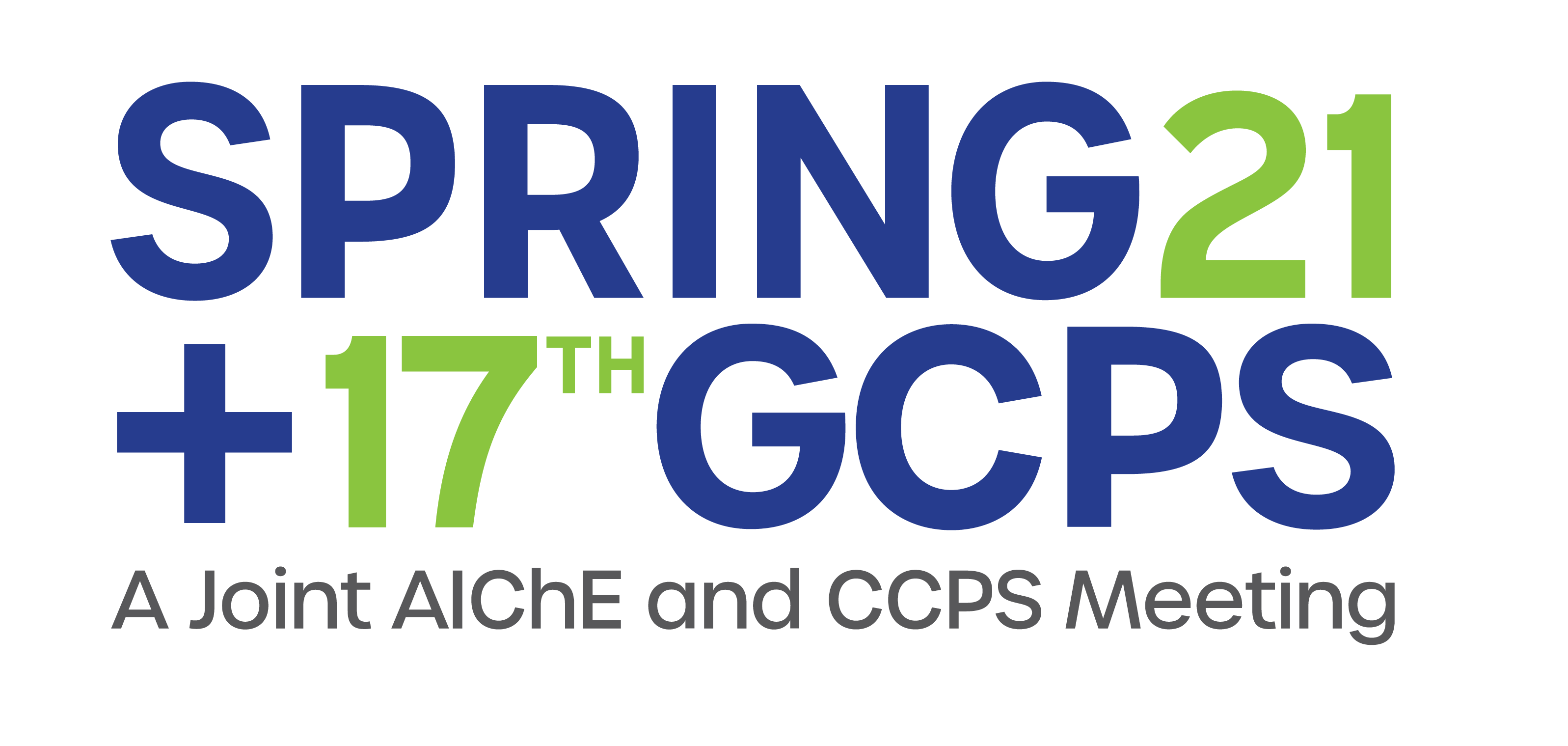

Previous economic studies of DMA have been reported which either invoke unrealistic assumptions in the process model, [2,3] do not consider utilization of the gaseous hydrogen, [2,3] or do not consider the limitations imposed on the process due to remote deployment. [4] With these issues in mind, a DMA mini-plant processing 1.0 MMSCFD of natural gas was designed with currently available technology to provide a platform for the investigation of process intensified alternatives. The reactor section of the plant uses a pre-carburized DMA catalyst developed at Texas Tech. [5] The unit was investigated for economic feasibility and used to draw conclusions about the current state of DMA technology. In particular, the analysis identifies five particular areas which can benefit from intensification: aromatics yield (i.e. one-pass conversion), coke selectivity, hydrogen recovery, and separation and purification of both the aromatic products and generated hydrogen. Although intensified reactor technology for the DMA process is already being investigated for improving the yield with [6,7] and without integrated hydrogen recovery, [8, 9] the process model framework should provide opportunities for investigating additional intensification technologies, particularly in separations.
- H. Fleisch., T. [White Paper], World Bank-Global Gas Flaring Reduction Partnership, 2015.
- Pérez-Uresti, S.I. et al., Processes, 2017, 5, 33.
- Camilo Corredor, E., P. Chitta, and M. D. Deo. Fuel Pro. Tech., 2019, 183, 55 – 61.
- Huang, K. et al., Joule, 2018, 2, 349 – 365.
- Rahman, M., A. Sridhar, and S.J. Khatib. Cat. A Gen., 2018, 558, 67 – 80.
- Kee, B. et al., Eng. Chem. Res., 2017, 56, 3551 – 3559.
- Morejundo, S.H. et al., Science, 2016, 353(6299), 563 – 566.
- Brady, C., B. Murphy, and B. Xu. ACS Catal., 2017, 7(6), 3924 – 3928.
- Cao, Z. et al., Chem. Int. Ed., 2013, 52, 13794 – 13797.
